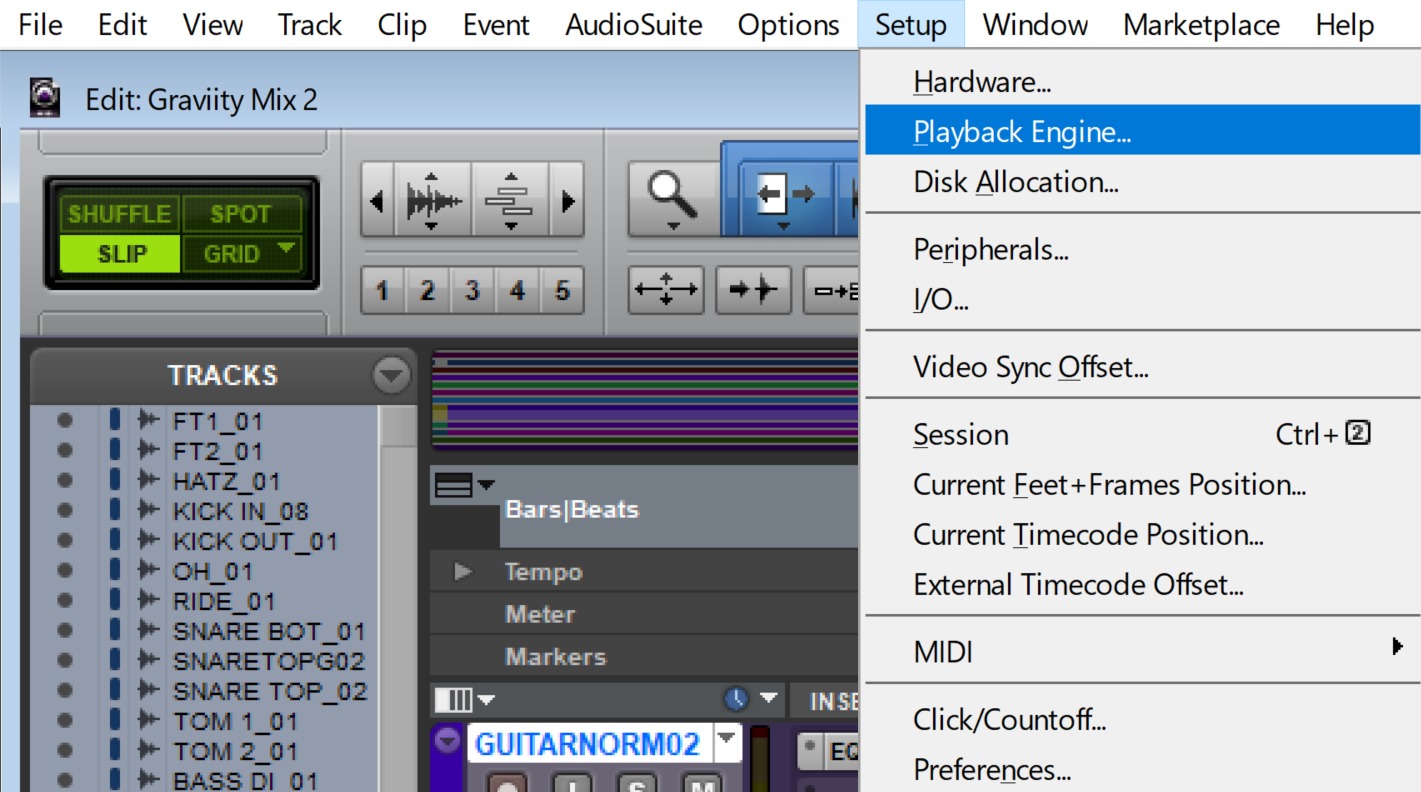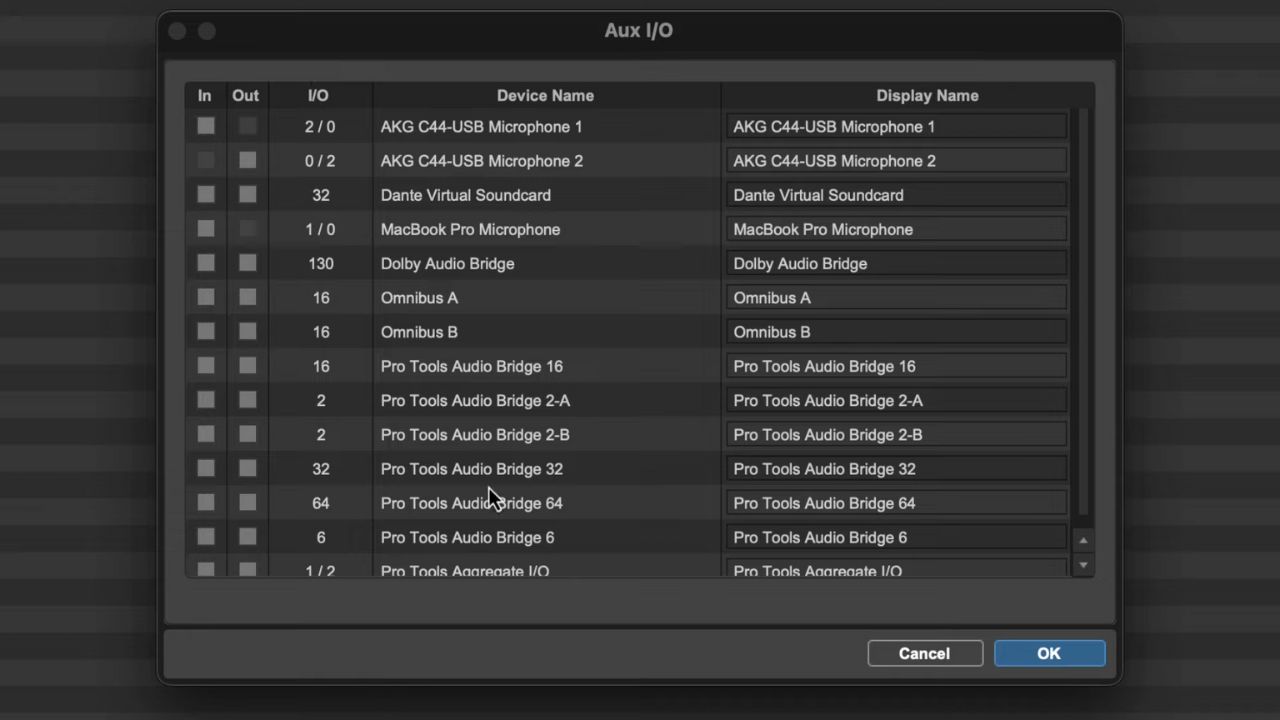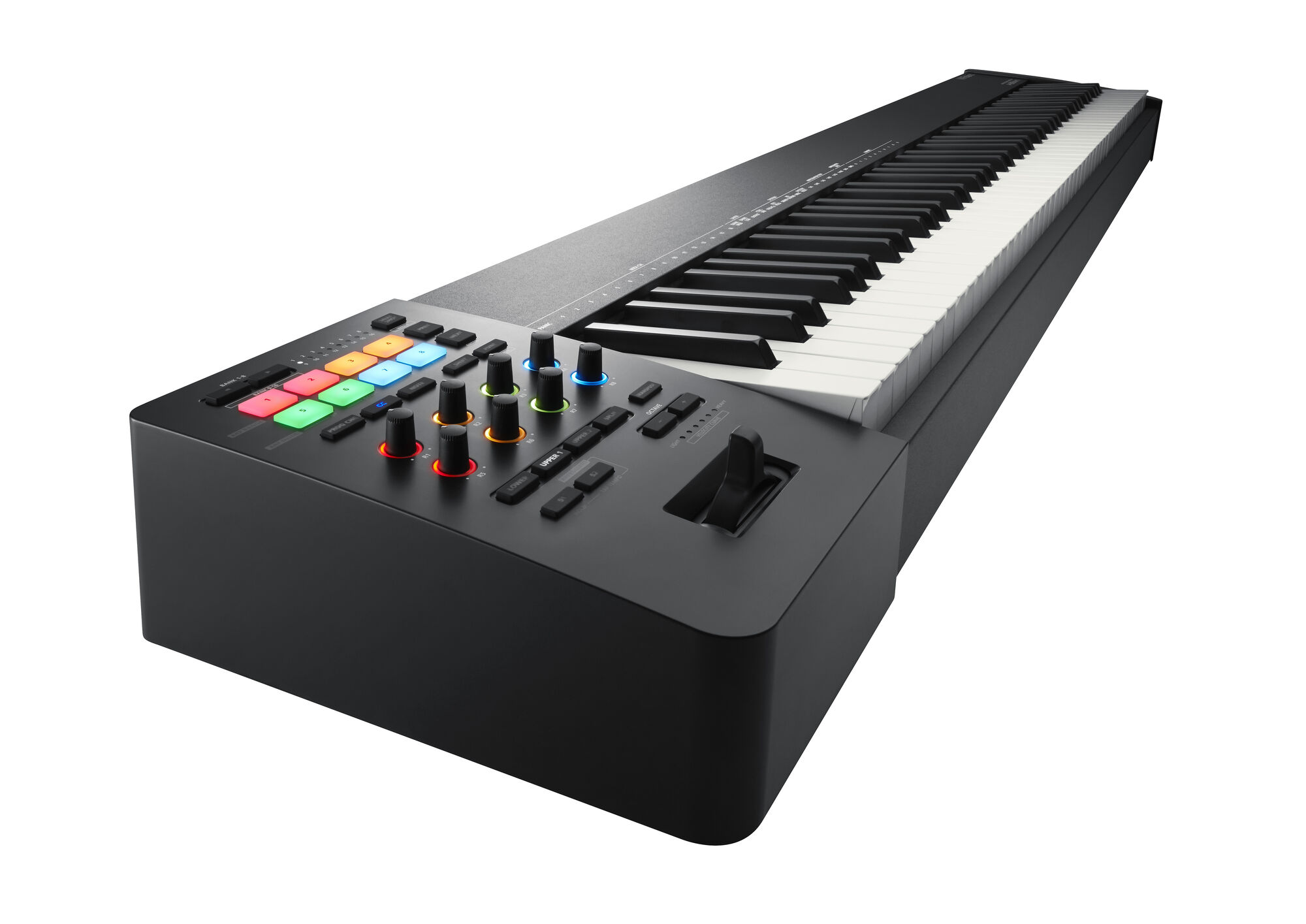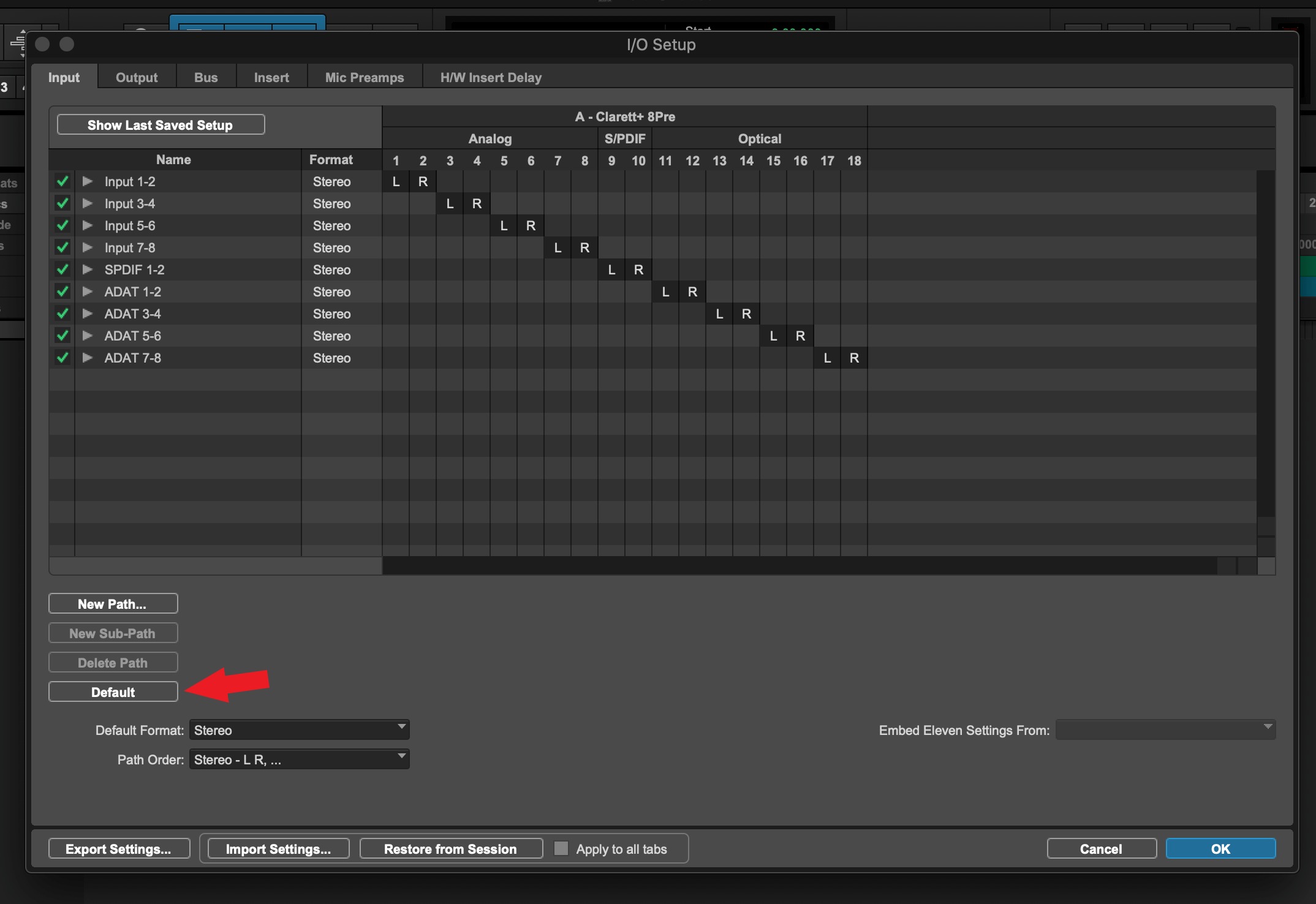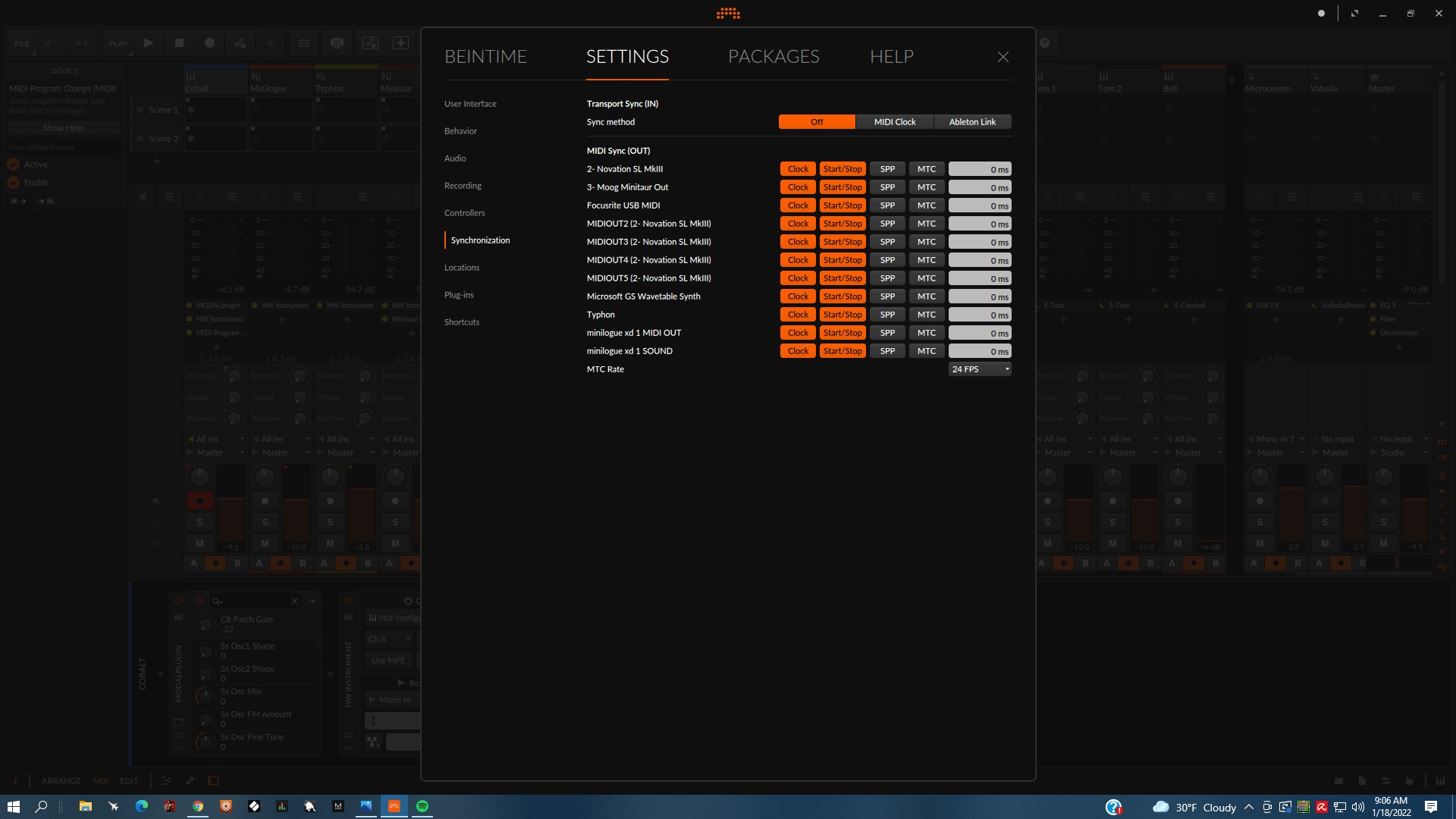Home>Production & Technology>MIDI>Why Does Note Duration Change When Quantizing MIDI In Pro Tools
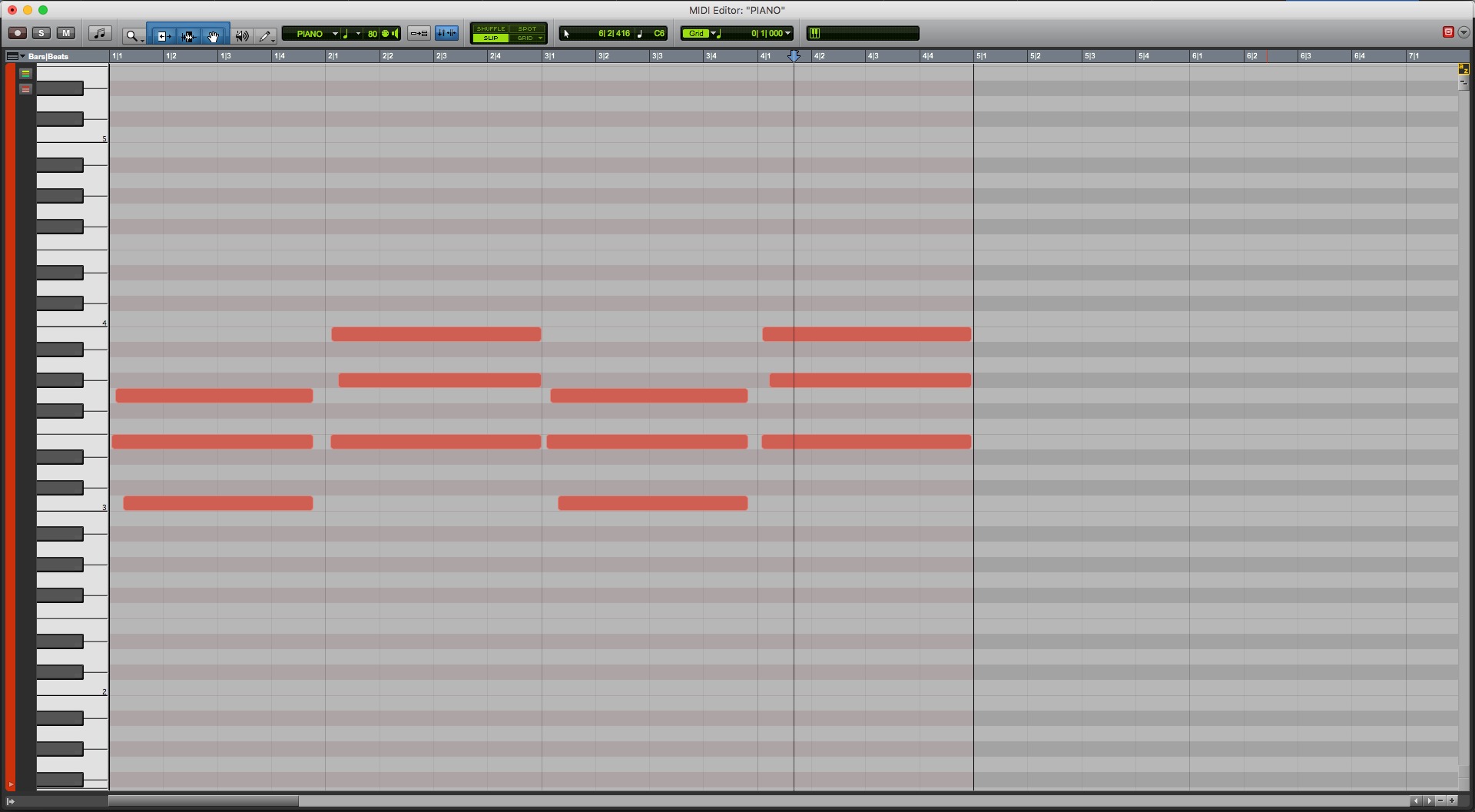

MIDI
Why Does Note Duration Change When Quantizing MIDI In Pro Tools
Modified: March 9, 2024
Discover why MIDI note duration changes during quantization in Pro Tools. Learn how to maintain control over note length and achieve precise results. Explore MIDI quantization techniques now!
(Many of the links in this article redirect to a specific reviewed product. Your purchase of these products through affiliate links helps to generate commission for AudioLover.com, at no extra cost. Learn more)
Table of Contents
Introduction
MIDI, which stands for Musical Instrument Digital Interface, has revolutionized the way music is created, produced, and shared. It allows musicians, producers, and composers to harness the power of technology to bring their musical visions to life. One of the fundamental aspects of MIDI is note duration, which plays a crucial role in shaping the rhythm and feel of a musical composition.
When working with MIDI in a digital audio workstation like Pro Tools, musicians often encounter the need to quantize their MIDI performances. Quantization is the process of aligning the timing of individual notes to a specified grid, thereby correcting any timing inconsistencies and enhancing the overall rhythmic precision of the performance. While MIDI quantization can significantly improve the tightness and groove of a musical passage, it can also inadvertently alter the note durations, leading to potential rhythmic discrepancies and undesired effects.
In this article, we will delve into the intriguing realm of MIDI quantization and explore the factors that influence note duration when quantizing MIDI in Pro Tools. By gaining a deeper understanding of these concepts, musicians and producers can effectively navigate the intricacies of MIDI quantization and preserve the intended note durations in their musical creations. Let's embark on this enlightening journey to unravel the mysteries of MIDI note duration within the context of quantization in Pro Tools.
Understanding MIDI Quantization
MIDI quantization is a fundamental tool used in digital music production to refine the timing and rhythmic accuracy of MIDI performances. When a MIDI sequence is quantized, the individual note events are automatically adjusted to align with a specified grid based on the chosen rhythmic values. This process effectively corrects any timing inconsistencies and enhances the overall rhythmic precision of the performance.
Quantization operates by analyzing the timing of each note event and then shifting it to the nearest grid position, ensuring that the musical passages adhere to the desired rhythmic structure. The quantization grid can be customized to accommodate various rhythmic resolutions, such as quarter notes, eighth notes, sixteenth notes, or even triplets, providing flexibility in shaping the rhythmic feel of the MIDI performance.
In addition to correcting timing discrepancies, MIDI quantization also plays a pivotal role in imparting a sense of groove and tightness to the musical passages. By aligning the note events to the quantization grid, the rhythmic elements of the performance can be refined to achieve a more cohesive and polished musical result.
Furthermore, MIDI quantization can be applied to different musical elements within a MIDI sequence, including melodies, chords, basslines, and rhythmic patterns. This versatility allows producers and musicians to fine-tune the timing and rhythmic characteristics of each individual component, thereby enhancing the overall cohesiveness and impact of the musical arrangement.
It's important to note that while MIDI quantization offers valuable benefits in terms of rhythmic precision and consistency, it is essential to approach the process with a discerning ear. Over-quantizing, or excessively aligning note events to the grid, can potentially strip away the natural feel and human touch of a musical performance. Therefore, striking a balance between rhythmic accuracy and musical expression is crucial when applying MIDI quantization to MIDI sequences.
In essence, understanding MIDI quantization involves recognizing its role in refining timing precision, enhancing rhythmic cohesion, and providing a versatile tool for shaping the rhythmic characteristics of MIDI performances. By grasping the principles of MIDI quantization, music creators can leverage this powerful technique to elevate the rhythmic impact and musicality of their productions.
Factors Affecting Note Duration in MIDI Quantization
When applying MIDI quantization in Pro Tools or any other digital audio workstation, it's essential to comprehend the factors that can influence note duration during the quantization process. Understanding these factors empowers music creators to navigate the nuances of MIDI quantization effectively and preserve the intended note durations in their musical compositions.
1. Quantization Strength:
The quantization strength setting directly impacts note duration during MIDI quantization. A higher quantization strength can result in more pronounced adjustments to the note positions, potentially altering their durations significantly. Conversely, a lower quantization strength may retain more of the original note durations, providing a subtler quantization effect. By adjusting the quantization strength, musicians can fine-tune the balance between rhythmic precision and preserving the natural feel of the performance.
2. Quantization Grid Resolution:
The grid resolution chosen for quantization plays a pivotal role in shaping note durations. A finer grid resolution, such as sixteenth notes or thirty-second notes, can lead to more precise adjustments to note positions, thereby affecting their durations. In contrast, a coarser grid resolution, such as quarter notes or half notes, may result in less drastic alterations to note durations. Selecting the appropriate grid resolution is crucial in maintaining the desired note durations while achieving rhythmic alignment.
3. Musical Interpretation:
The inherent musical nuances and expressive elements in a MIDI performance can influence note durations during quantization. Human musicians often infuse subtle variations in note durations to convey musical expression and phrasing. When quantizing MIDI performances, it's important to consider the musical interpretation and the intended rhythmic feel. Preserving the organic ebb and flow of note durations contributes to retaining the musicality and emotive quality of the performance.
4. Note Length and Velocity:
The length and velocity of individual notes in a MIDI sequence can impact their durations when subjected to quantization. Notes with varying lengths and velocities may undergo different degrees of adjustment during quantization, potentially affecting their perceived durations. Understanding the interplay between note length, velocity, and quantization enables music creators to anticipate and manage the impact on note durations effectively.
5. Humanization and Swing Parameters:
Incorporating humanization and swing parameters in MIDI quantization can introduce subtle timing variations and swing feel to the quantized notes. These parameters can influence the durations of the quantized notes, imparting a sense of human groove and rhythmic fluidity. By judiciously applying humanization and swing settings, musicians can preserve the natural feel of note durations while benefiting from the rhythmic enhancements provided by MIDI quantization.
By considering these factors and their interrelationships, music creators can navigate MIDI quantization with a nuanced understanding of how note durations are influenced. This awareness empowers them to wield MIDI quantization as a precise and expressive tool while safeguarding the inherent musicality and rhythmic character of their compositions.
How to Maintain Note Duration When Quantizing MIDI in Pro Tools
Maintaining the intended note durations while quantizing MIDI in Pro Tools requires a thoughtful approach that balances rhythmic precision with musical expression. By leveraging the following techniques and strategies, music creators can uphold the integrity of note durations and ensure that the rhythmic flow of their compositions remains faithful to their artistic vision.
1. Customizing Quantization Strength:
Adjusting the quantization strength setting in Pro Tools allows for precise control over the impact of quantization on note durations. By moderating the quantization strength, musicians can mitigate excessive alterations to note durations, preserving the subtle rhythmic nuances inherent in the original performance. Finding the optimal quantization strength that aligns note positions while respecting their durations is key to achieving a balanced and natural-sounding result.
2. Selecting Appropriate Grid Resolution:
The choice of grid resolution during quantization significantly influences note durations. Pro Tools offers a range of grid options, from fine resolutions like sixteenth notes to coarser divisions such as quarter notes. Selecting the appropriate grid resolution tailored to the musical context enables music creators to maintain the desired note durations while refining the rhythmic precision of the performance. This deliberate selection ensures that quantization aligns notes without unduly altering their durations.
3. Leveraging Musical Interpretation:
Preserving the musical interpretation and expressive phrasing of a MIDI performance is paramount when maintaining note durations during quantization. Pro Tools provides tools for nuanced editing, allowing musicians to retain the organic ebb and flow of note durations. By attentively adjusting individual note positions and durations based on the musical context and artistic intent, music creators can uphold the emotive quality and musicality of the performance.
4. Balancing Note Length and Velocity:
Careful consideration of note length and velocity is essential to maintaining note durations during quantization. Pro Tools offers comprehensive editing capabilities that empower musicians to refine note lengths and velocities while quantizing MIDI performances. By harmonizing the interplay between note durations, velocities, and quantization adjustments, music creators can ensure that the rhythmic integrity of the composition remains intact.
5. Harnessing Humanization and Swing Parameters:
Pro Tools incorporates humanization and swing parameters that can be judiciously applied to preserve the natural feel of note durations during quantization. These parameters introduce subtle timing variations and swing feel, enriching the rhythmic character of the quantized performance. By leveraging these features with discernment, music creators can infuse their compositions with a human touch while upholding the intended note durations.
By implementing these strategies within Pro Tools, music creators can navigate the intricacies of MIDI quantization while safeguarding the integrity of note durations. This approach empowers them to achieve a harmonious balance between rhythmic precision and musical expression, resulting in compelling and authentic musical productions.
Conclusion
In the realm of MIDI music production, the process of quantizing MIDI performances in Pro Tools presents a fascinating interplay between rhythmic precision and musical expression. Throughout this exploration, we've delved into the intricacies of MIDI quantization and its impact on note durations, unraveling the factors that influence the rhythmic character of a composition. By understanding the nuances of MIDI quantization and employing thoughtful strategies, music creators can navigate this terrain with finesse, preserving the intended note durations while enhancing the rhythmic coherence of their musical creations.
Maintaining the integrity of note durations during MIDI quantization in Pro Tools entails a harmonious blend of technical precision and artistic sensibility. By customizing quantization strength, selecting appropriate grid resolutions, leveraging musical interpretation, balancing note length and velocity, and harnessing humanization and swing parameters, music creators can navigate the quantization process with a discerning ear and a keen eye for rhythmic detail.
Ultimately, the art of MIDI quantization extends beyond mere rhythmic alignment; it embodies a delicate balance between precision and musicality. As music creators venture into the realm of MIDI quantization within Pro Tools, they are empowered to shape the rhythmic landscape of their compositions while honoring the emotive nuances and expressive phrasing inherent in the original performances. This duality—where technical refinement converges with artistic interpretation—fuels the creative journey and elevates the musicality of the final productions.
In essence, the journey of MIDI quantization in Pro Tools is a testament to the intricate interplay between technology and artistry, where the rhythmic tapestry of a composition is meticulously woven with precision and passion. By embracing the multifaceted nature of MIDI quantization and embracing the tools and techniques at their disposal, music creators can sculpt compelling musical narratives that resonate with depth, emotion, and rhythmic vitality. As they continue to explore the boundless possibilities of MIDI music production, they embark on a perpetual quest to strike the perfect equilibrium between rhythmic precision and the soulful cadence of musical expression.
In conclusion, the world of MIDI quantization in Pro Tools beckons music creators to embark on a journey of rhythmic refinement and artistic interpretation, where note durations are honored, rhythms are enlivened, and musical visions are brought to life with unwavering clarity and emotive resonance.



